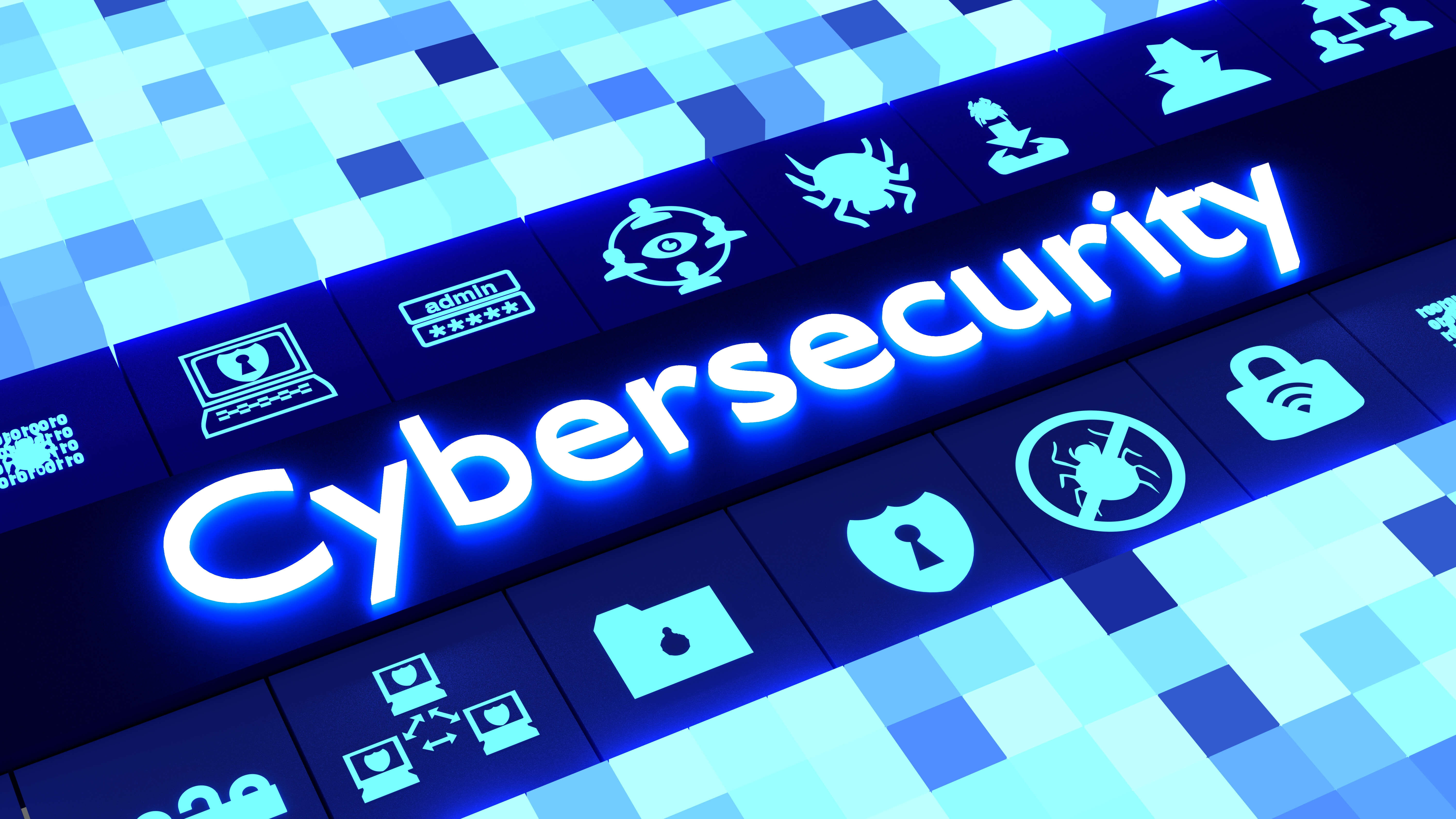Future of Cybersecurity: Trends & Predictions for a Safe Digital World
Date: 17 April 2024

Given the rapid changes in the digital environment, it is not a matter of whether cyber security counts or not but rather how we can be on our toes to ensure that our digital world is safe.
As we dive into the vast ocean of the internet, we are met with waves of innovation and, unfortunately, an undercurrent of cyber threats. How can businesses and individuals protect themselves from these hidden digital menaces? And most importantly, what is the prospect of cybersecurity?
Understanding the Cyber Threat Landscape
The digital universe is expanding, and with it, the complexity of cyber threats. From phishing scams to sophisticated ransomware attacks, the arsenal of tools at a cybercriminal's disposal is both vast and, frankly, terrifying. Yet, amidst this digital chaos, there's a beacon of hope.
Services like online notary in Massachusetts are pioneering the way towards secure digital transactions, proving that with the right measures, safety in the digital realm is not just a possibility but a reality.
Artificial Intelligence: The Double-Edged Sword
The use of Artificial Intelligence (AI) in cybersecurity is causing a transformation whereby there are better chances of strengthening safety measures than ever before. The speed at which AI systems can predict, detect and respond to threats is beyond what any human could manage. AI is also helping many organisations improve and enhance their Cybersecurity Incident Response dramatically.
Nevertheless, this very same potent tool placed in the hands of certain people may give rise to yet another problem; an era of cybercrime where artificial intelligence becomes the adversary. One may ask: In what ways could AI be used for the improvement of security while at the same time preventing it from being applied wrongly?
To prevent the misuse of AI in security settings, it is crucial to implement strict ethical guidelines and ensure transparency in AI operations. It is also critical to maintain oversight by human experts. Additionally, promoting a culture of ethical AI use and continuously updating legal frameworks can help manage the risks associated with AI technologies and safeguard against their wrongful application.
The Rise of Quantum Computing: A New Frontier
Quantum computing holds significant promise for enhancing cybersecurity through the development of quantum-resistant encryption methods. Traditional encryption techniques, which rely on the computational difficulty of certain mathematical problems, are vulnerable to the superior processing power of quantum computers.
By leveraging quantum mechanics, new cryptographic protocols, known as post-quantum cryptography, are being developed to withstand attacks from both classical and quantum computers. This advancement ensures that sensitive information remains protected even as quantum computing becomes more mainstream.
Additionally, Quantum Key Distribution (QKD) offers a breakthrough in securely transmitting information. Utilising the principles of quantum mechanics, QKD allows two parties to generate and share a cryptographic key in a manner where any attempt at interception would be detectable, thanks to the disturbance it causes to the quantum state of the data.
This method not only enhances the security of data transmissions against potential quantum computing threats but also provides a near-foolproof way of detecting and thwarting eavesdroppers, thus setting a new standard for secure communication.
The Importance of Cyber Hygiene
Cybersecurity hygiene encompasses the basic, foundational steps necessary to secure information systems and manage cyber risks effectively. Maintaining good cybersecurity hygiene is crucial as it prevents unauthorised access which can lead to data breaches and cyber attacks. Ultimately, these can mean significant financial and reputational damage.
Good Cyber Hygiene practices involve regular updates to software, using strong and diverse passwords, and educating employees about the importance of vigilance and secure practices. Such measures help in identifying vulnerabilities early and fortifying the defences against increasingly sophisticated cyber threats. Having a solid cybersecurity incident response plan and an effective Incident Response Playbook is also a critical component in cybersecurity hygiene.
Moreover, good cybersecurity hygiene also ensures compliance with regulatory requirements and standards. Implementing strong cybersecurity practices not only protects an organisation's data assets but also builds trust with customers and partners. In today’s interconnected world, where cyber threats are evolving rapidly, robust cybersecurity hygiene acts as the first line of defence in securing the digital ecosystem for a safer tomorrow.
Empowering the Next Generation of Cyber Defenders
Our strategies for combating cyber threats need to evolve with advancing technology. This means that we should invest, not just in buying the most recent security systems, but also in teaching and preparing young cyberspace security experts. If we encourage continuous education and create an innovative environment, then we will be ahead of hackers.
This requires a focused effort on education and training programmes that not only impart technical skills but also encourage critical thinking and ethical hacking practices. By integrating cybersecurity training in regular employee upskilling initiatives, it is indeed possible to cultivate a proficient workforce ready to tackle future cyber threats. Furthermore, hands-on experiences and simulated Cyber Attack Tabletop Exercises are essential to prepare professionals for real-world cybersecurity events. These exercises and training initiatives also foster a proactive and resilient cyber defence mindset.
Additionally, creating a culture of continuous learning and adaptation is vital for sustaining the effectiveness of cyber defenders. As cyber threats continually adapt, so must our strategies and tools. Supporting ongoing professional development, encouraging cross-sector collaborations, and facilitating access to the latest cybersecurity research and technologies can empower defenders with the knowledge and tools needed to stay ahead of threats.

Conclusion: Navigating the Future with Confidence
Therefore, what next step should we take in our attempt to make sure that our digital world is safe for the future users? There are many problems to overcome on this journey, but it is also packed with possibilities.
Embracing artificial intelligence, quantum computing, practising high standards of cyber hygiene and giving birth to a new breed of cyberspace warriors will lead us through the digital era safely.
The future of cybersecurity is not just about defending against threats; it's about creating a digital environment which can support itself in terms of security, individual rights, and technological advancement.
As for now and we look ahead, there is one critical issue at hand: what should we do so that we may adapt today, innovate tonight, and cooperate all the days that follow? Through this process, we do not only safeguard our digital realm from harm but also ensure that it continues offering endless opportunities for growth to itself.








